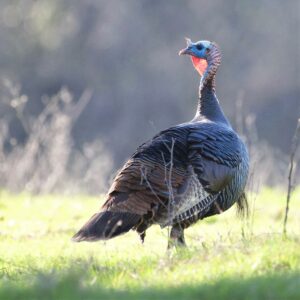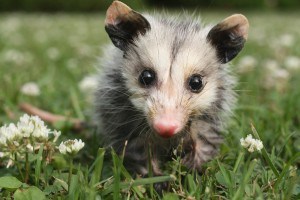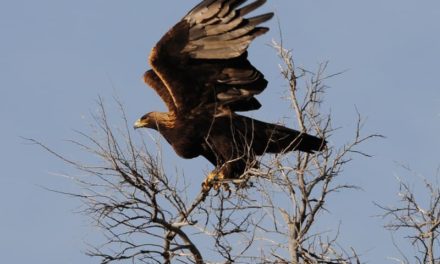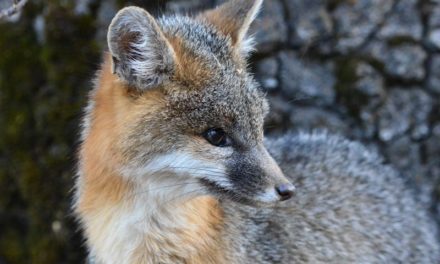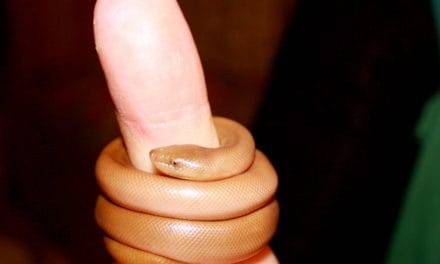Far in the distance, very early in the morning, before the sun rises you may hear the gobbling of the Wild Turkey. As they begin to wake each other up, one by one they will descend from the treetops to the ground where they will begin their daily foraging.
Although these upland ground birds are native to North America, it is believed that the turkey got its name from the domesticated variety that was being imported to Britain in ships coming from the Levant via Spain; at the time the British associated the wild turkey with the country Turkey and the name prevails!
Adult males are called tom’s or gobblers, juvenile males are called jakes, and the female a hen. The males are distinguished from the females by their size, feathers, wattles, and snood. Did you know that turkeys have 5000 to 6000 feathers!
When the male becomes excited the fleshy flap on the bill expands, and this, the wattles and the bare skin of the head and neck all become engorged with blood. During mating season you will typically find the turkeys still in flocks. The males will try to impress the females by strutting, drumming/booming and spitting. Their display of feathers is breathtaking!
It is not uncommon for a turkey to weigh 30 pounds, but the record according to the National Wild Turkey Federation is 37.1 pounds.
While turkeys are mainly ground dwellers, they are fast and agile fliers. They fly relatively close to the ground, but can fly up to 1/4 mile in distance. They see quite well during the day, but their night vision is diminished; thus, they seek refuge at night in trees.
They eat a variety of foods, but their diet mainly consists of acorns, nuts, berries, and seeds. Occasionally, they will eat small reptiles or snakes.
The pictures in this article were taken in March, in Tehama County, which is mating season for turkeys. The males are polygamous, which means they mate with as many females as possible. The female will lay up to 14 eggs in a shallow dirt nest, they will incubate for approximately 28 days, with the “poults” leaving the nest in about 24 hours. Because turkeys lay their eggs on the ground, they are very susceptible to predators, including but not limited to raccoons, opossums, skunks, foxes, groundhogs, and snakes. Adult turkeys predators would include coyotes, wolves, bobcats, cougar, eagles, bears, owls, hawks, cats and dogs.
Interesting fact; Benjamin Franklin suggested that the turkey be the national bird of the United States!
Jan Ramelli
Wildlife Photographer

